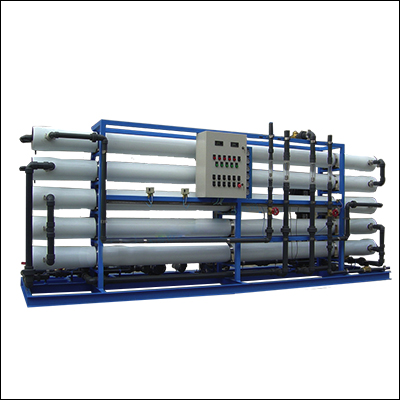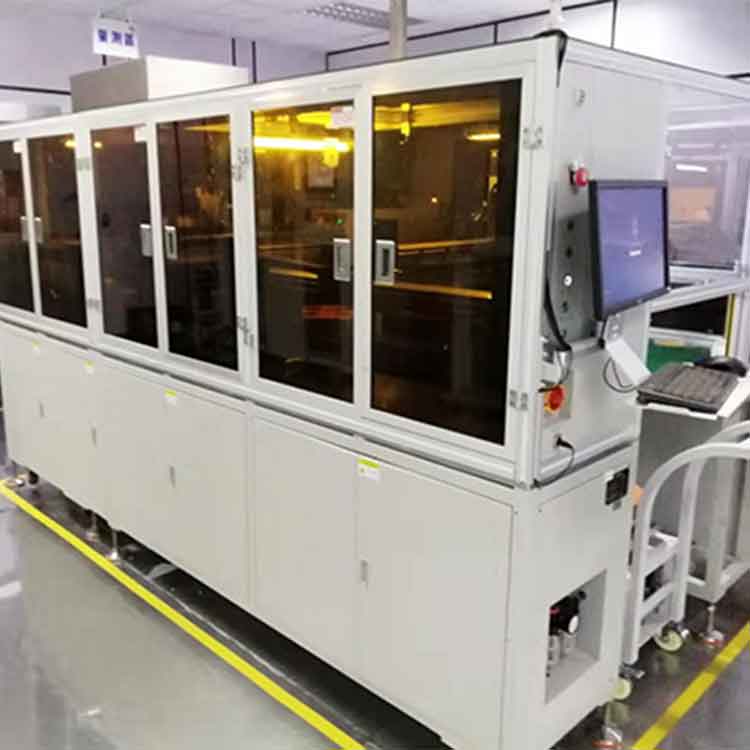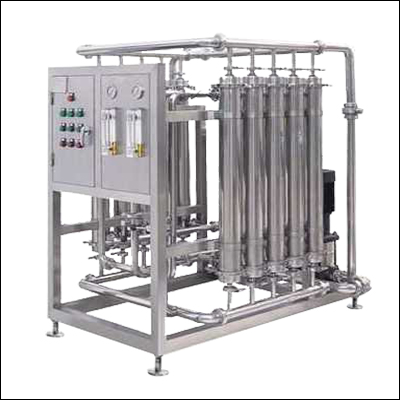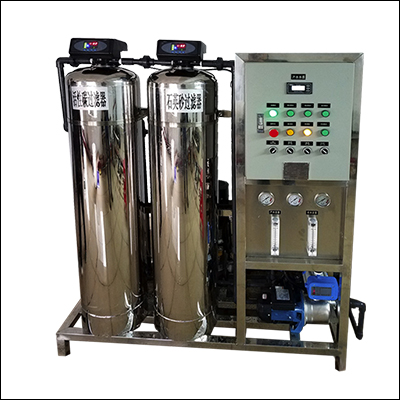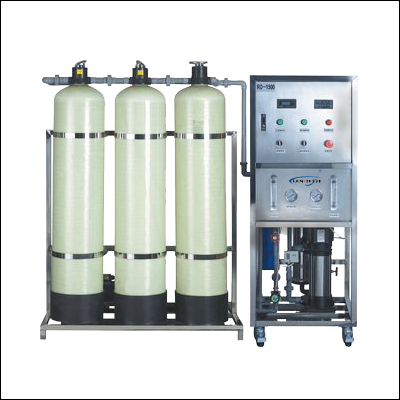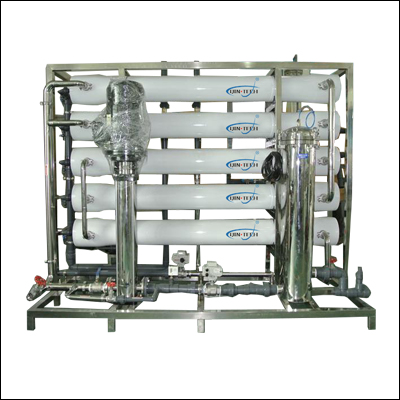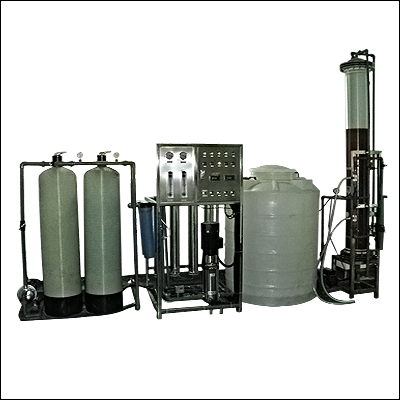- SMT labelling machines
- Multi-station labelling machines
- High precision labelling machines
- PCB labelling machines
- Pallet labelling machines
- Automatic labelling machines
- High-speed labelling machines
- Double-sided labeling machine
- Self-adhesive labeling machine
- FPC adhesive backing machine
- Mobile phone adhesive backing machine
- speaker sticker backing machine
- Automatic backing machine
- Automatic adhesive backing machine
- Search
Electronic factory mixed bed ultra pure water treatment equipment
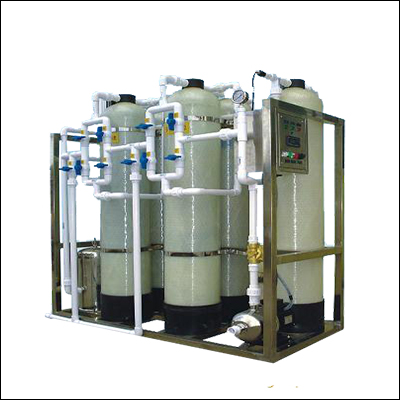
- Product:Electronic factory mixed bed ultra pure water treatment equipment
- Catalogue:Labelling machines
- Views:178289times
- Update:2018/10/10 10:29:17
- Call:133-6065-4218
The design of this set of mixed bed ultrapure water treatment equipment is based on the following factors:
1. The user's requirements for the quality of the product water and the amount of water produced;
2. Reliability of process design;
3. The simplicity of the equipment and the intelligent operation;
4. Investment and operating expenses;
5. Physical and chemical cleaning functions of the equipment;
6. Stability of water quality;
7. Reliable online monitoring means.
The mixed bed ultra-pure water treatment equipment process system tells:
The raw water enters the original water tank and is pressurized by the original water pump. First, it enters the multi-media filter and activated carbon filter to remove the suspended solids in the raw water, organic matter and residual chlorine to protect the reverse osmosis membrane. Firstly, the whole process is guaranteed. Has a good foundation.
The pretreated water enters the security filter through the dosing device plus the scale inhibitor to prevent fouling on the surface of the membrane module and prolong the service life of the membrane module. It is then sent to a first-stage reverse osmosis (RO) system by a high-pressure pump. Under the action of pressure, it can remove more than 98% of inorganic salts and 99% of bacteria and heat sources through the principle of reverse osmosis membrane ion-stage filtration. Finally, the RO effluent enters the intermediate tank, and the concentrated water of the first stage RO (the salt in the concentrated raw water, mechanical impurities, colloidal substances and a small part of the unpermeated water is collected into concentrated water) is discharged into the sewer. The primary desalinated water in the intermediate tank is pumped into the mixed ion exchanger by the intermediate pump for deep demineralization, and is supplied to the water point by a pure water pump.
Reverse osmosis system features:
※ It is the main desalination device with a very high salt rejection rate and a reverse osmosis desalination rate of 80-99%.
※ It not only removes salt, but also completely removes colloids, organic matter, and microorganisms in raw water.
※ Membrane separation technology eliminates the need for acid-base regeneration, low operating costs and low labor intensity.
※ It can adapt to various water sources, and the water quality is relatively stable.
※ The only by-product of the discharge – concentrated water, does not pollute the environment and completely meets environmental protection requirements.
※ Unique automatic control design, system operation automation, no need to be on time. Automatically complete membrane rinsing, automatically restore water, and automatically complete the start and stop function under certain conditions.
※ It is very simple to configure and install various instruments and observe and record various parameters at a glance.
※ The membrane module can be operated continuously for a long time until the membrane reaches the end of its useful life and a new membrane is replaced.
※ Unique membrane module segmentation combination design improves water utilization, and the highest water utilization rate is greater than 75%.
※ Unique frame appearance structure, small footprint and beautiful appearance.
Mixed bed system:
The system is equipped with two sets of mixed beds, which are divided into A-pillars and B-pillars to meet the normal working needs. The mixed bed is the abbreviation of mixed ion exchange column, which is designed for ion exchange technology. The so-called mixed bed is to mix and fill a certain proportion of cation and anion exchange resin in the same exchange device, and exchange and remove ions in the fluid. Since the specific gravity of the cation resin is larger than that of the anion resin, the anion resin is placed under the upper cation resin in the mixed bed. Generally, the ratio of male and female resin filling is 1:2, and the filling ratio is 1:1.5. It can be selected according to different resins. Mixed beds are also divided into in-vivo synchronous regenerative mixed beds and in vitro regenerative mixed beds. Synchronous regenerative mixed bed is carried out in the mixed bed during operation and the whole regeneration process. The resin is not removed from the equipment during regeneration, and the anode and cathode resin are regenerated at the same time. Therefore, fewer auxiliary equipments are required, and the operation is simple. The water discharge resistivity is ≥15MΩ. *cm.

